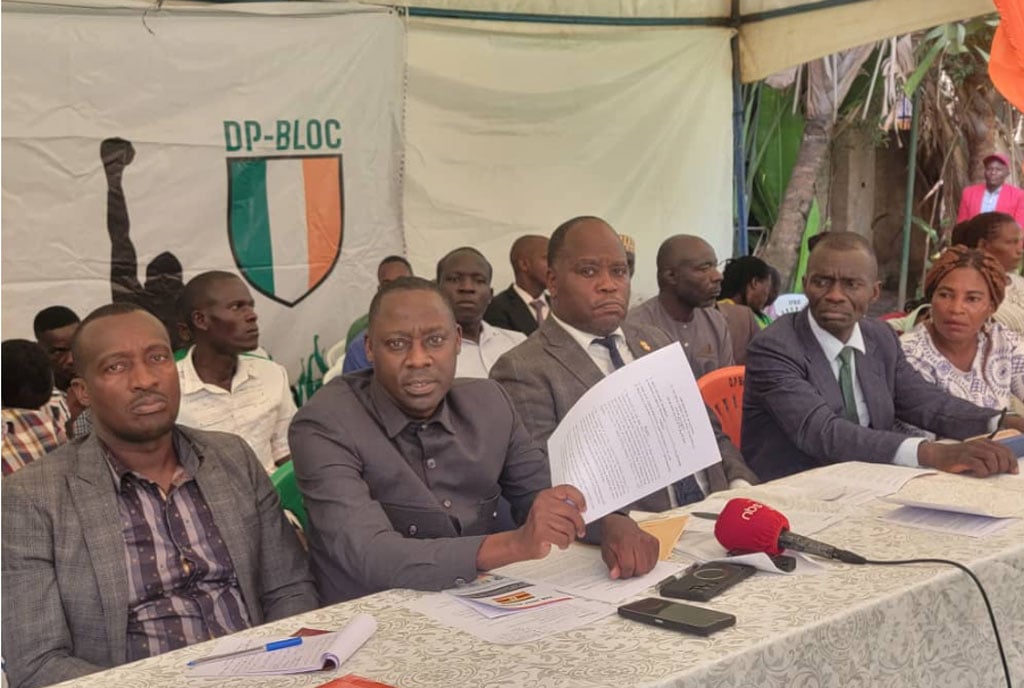Katanga case: Defence lawyers grill police pathologist

Ms. Molly Katanga (right), the key suspect in the murder of her husband Henry Katanga, speaks to one of her lawyers Bruce Musinguzi at the High Court in Kampala on July 2, 2024. PHOTO | ABUBAKER LUBOWA.
What you need to know:
- Dr Abayo, the seventh prosecution witness is a forensic pathologist attached to KCCA City Mortuary.
The high-profile trial in which five people are charged in connection with the death of businessman Henry Katanga resumed Wednesday after a month-long break, with a police pathologist, Dr Richard Abayo, informing court that the deceased was shot at a very close range of about 30 centimetres from his left side of the head. However, during cross-examination, defence lawyer Elison Karuhanga put it to the pathologist that the bullet wound entered from the right and exited from the left.
Dr Abayo, the seventh prosecution witness is a forensic pathologist attached to KCCA City Mortuary.
However, during cross-examination, the defense sought to undermine the credibility of Dr Abayo’s findings. The defense asked whether his report could be classified as a forensic post-mortem, to which Dr. Abayo agreed. They then pressed him about his qualifications, asking if he was a certified forensic pathologist. Dr. Abayo acknowledged that he is not, but argued that his qualifications were sufficient for conducting the examination.
In a strategic move, the defense presented a list of certified forensic pathologists in Uganda, including several police doctors, subtly suggesting that the prosecution could have called upon more specialized expertise. This set the tone for a rigorous challenge to the prosecution’s forensic evidence.
Dr. Abayo presented his analysis, asserting that the bullet entered Katanga's body from the left side and exited through the right. His testimony, supported by autopsy diagrams, offered a detailed explanation of the wound trajectory, positioning the shot as having been fired from the left side.
However, the defense quickly contested Dr Abayo’s conclusions, arguing that the bullet entered from the right and exited on the left. To support their argument, the defense highlighted that the post-mortem report did not list any characteristics of an entry wound other than its size. They presented peer-reviewed journals and textbooks, which questioned a key assumption in gunshot wound analysis: that wound size alone can determine the entry point of a bullet.
The defense’s evidence emphasized that relying solely on wound size to establish entry and exit points in gunshot cases is misleading. This directly challenged the foundation of the prosecution’s case, which hinges on the belief that the shot must have been fired from the left side, consistent with Dr Abayo’s findings.
When asked to identify characteristics of an entry wound apart from size, Dr Abayo mentioned the blackening of tissues. He explained that soot or black substances around the wound would indicate an entry wound. The defense then presented photographs of the victim, showing blackening on the right side, further fueling their argument.



